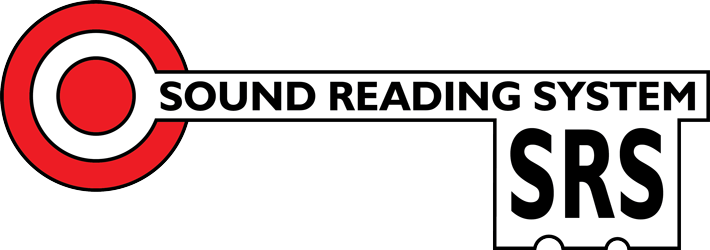Unlocking the Code is the Key to Reading Success
The key to unlock the puzzle of the English Alphabet Code empowers teachers to teach and children & learners of any age to reach their true reading potential
The Sound Reading System
The Sound Reading System is an exciting, common sense approach to the teaching of reading and spelling. It is based on the spelling system of written English.
The fact that there are 176 spellings for 44 sounds shows that the English spelling system is ‘opaque’ rather than ‘transparent’ – therefore difficult to get hold of for both teachers and learners.
It is precisely these difficulties or complexities that are entirely ironed out by the Sound Reading System. The SRS programme teaches all the information necessary for a reader to learn how to decode painlessly. It is built on four keys that unfold logically, building understanding. These have been described in the programme as ‘keys to the code’.
The “Keys” that unlock the understanding
These four ‘keys’ unlock the understanding of how the spelling system works, and form the underlying structure.
What makes it stand out from other programmes? SRS acknowledges there is a code, and shows the teacher and the learner exactly how to manage it. It never introduces a mixed approach to the teaching of reading. It has a firm structure with which to train teachers to use it.
The representations for each sound are mastered through systematic, controlled exposure and varied repetition using worksheets, dictionary activities, reading of pre-selected text, copying, dictation and creative writing. Though highly structured, the method is remarkable for its flexibility.
You can download further explanation on ‘The Four Keys of the Code’ here.
More in this section:
FURTHER RESOURCES:
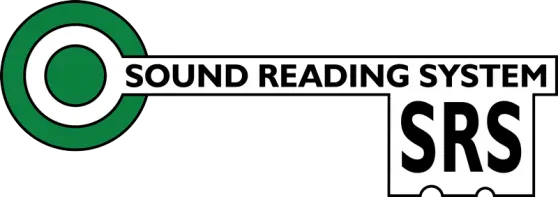
Key 1
Sounds or phonemes are represented by single letters: c-a-t d-o-g s-w-i-m
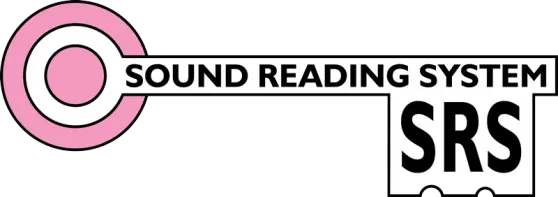
Key 2
A sound /phoneme can be represented by two or more letters: h-i-ll sh-i-p th-ere
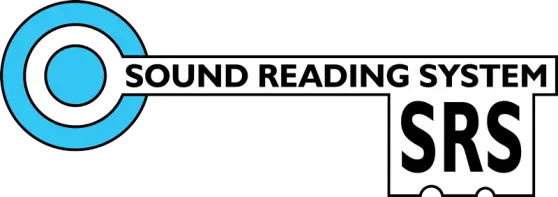
Key 3
The same sound/phoneme can be represented in more than one way:m-e t-r-ee t-ea-m s-u-nn-y k-ey
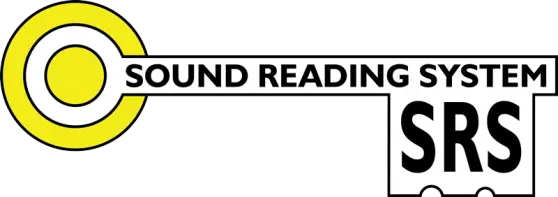
Key 4
The same spelling may represent more than one sound:: t-ea-m h-ea-d g-r-ea-t
It seems to me that the Sound Reading System encompasses the principles of both Phonics and Real Books approaches, whilst going far beyond either of these methods in its intellectual rigour and the logical and complete structure of its methodology. The emphasis on moving from Really Reading focused texts to real books as quickly as possible, and embedding the comprehensive teaching of the phonic system in meaningful relevant texts, integrates the opposing intellectual camps beautifully. SRS is phonics plus real books, plus incorporating auditory, visual and kinaesthetic approaches to learning. It is transformational- this way of teaching is fundamentally different from anything else which is going on. It is the fact that the approach integrates rigorous phonics with spoken language and real books: it leaves nothing out. It is complete
– C.C. Teacher SEN October 2018
My course may turn out to be the best CPD ever! I am totally convinced this is the definitive way to teach reading. It is only now that I have seen the COMPLETE alphabet code with the accompanying programme that I feel I know how to successfully teach learners who struggle to read. Fear not, SRS is about excellent teacher instruction there are no expensive expendables. I truly believe this programme can change lives.
– J.C. Classroom teacher and SEN specialist May 2018 to her Head Teacher
Case Study
Download a case study detailing six months of SRS teaching to a 6 year old in Year 2.
What we do
About Professor Diane McGuinness
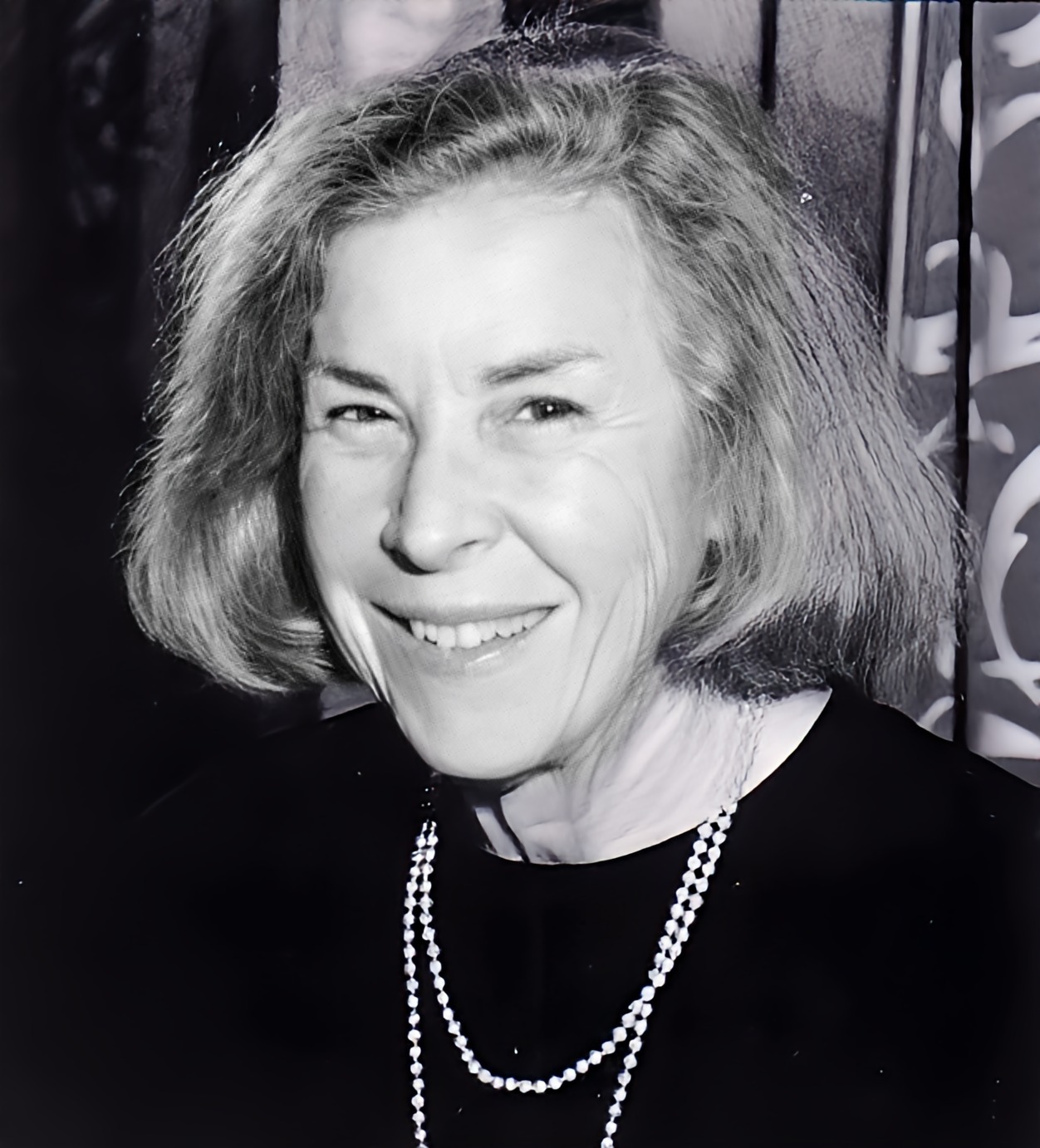
The Sound Reading System is based on the work of Professor Diane McGuinness: Why Children Can’t Read, Penguin 1997, Growing a Reader from Birth, W.W. Norton, 2004, Early Reading Instruction, MIT Press, 2004 and Language Development and Learning to Read, MIT Press, 2005. Diane McGuinness has been actively involved in the development of the SRS.
